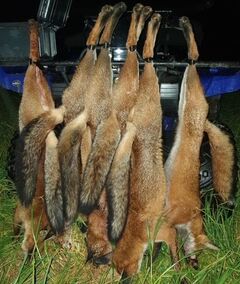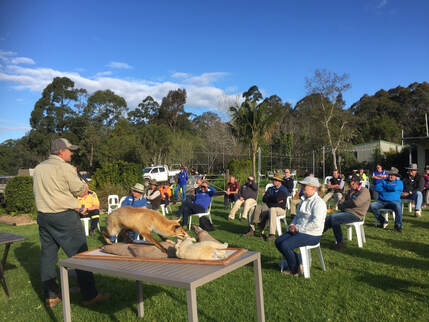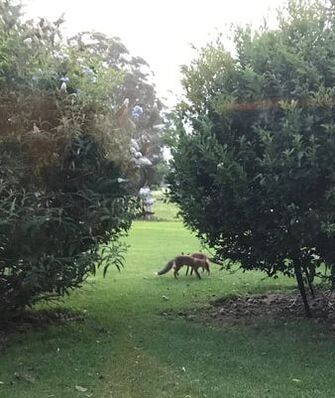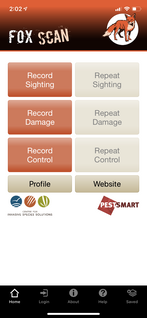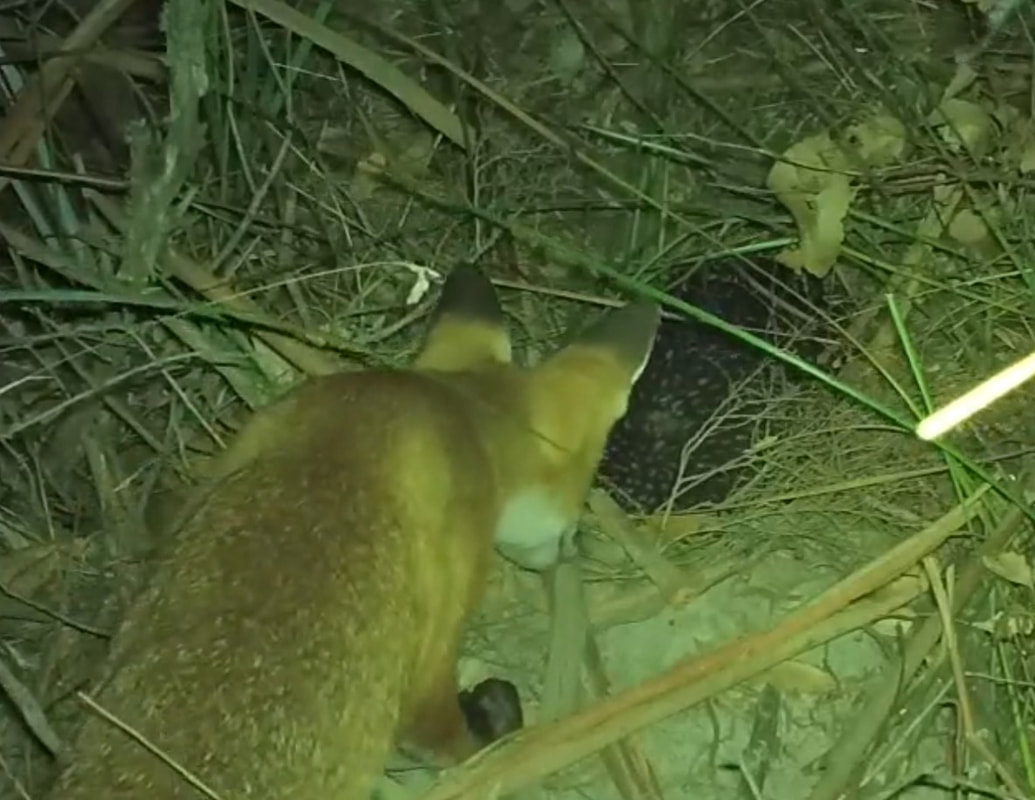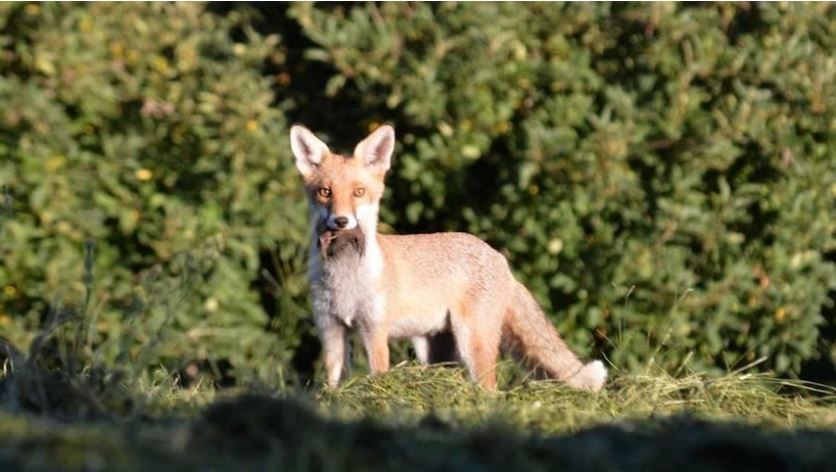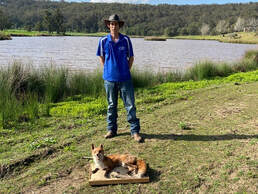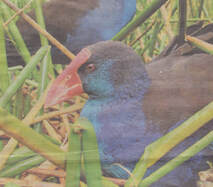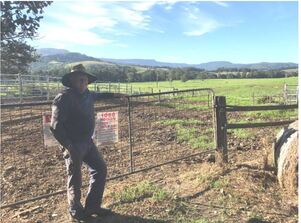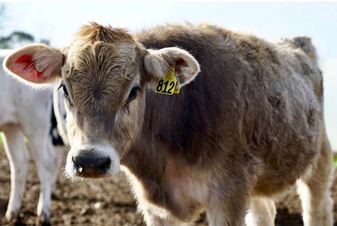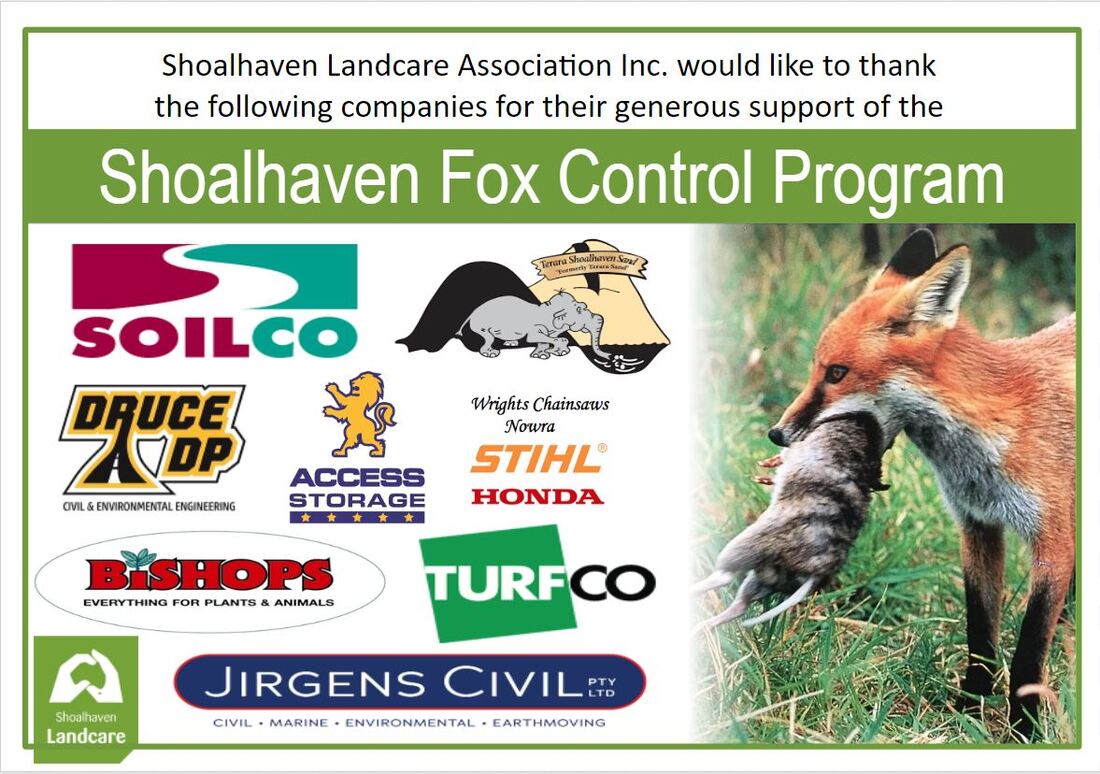The Problem
The Red Fox was deliberately introduced from England to Victoria about 1860 as an animal to hunt for sport. By 1888 foxes had reached southern NSW and were first recorded in the Tapitallee area in 1907. Based on early records of bounties paid, there were noticeable declines in medium-sized animals within 7-13 years of the establishment of the fox.
Foxes have now become Australia’s number one introduced predator threatening the survival of native wildlife, threatened species and farm animals. Foxes have been estimated to cause over $200 million per annum in damages to Australia’s agricultural industries and our environment.
Australia has the worst extinction rate of mammals worldwide, with 23 species becoming extinct since European settlement.
Species such as the ground dwelling Bush Stone Curlew and Eastern Quolls are now extinct in the Shoalhaven.
(Some hope: "Can extinct eastern quolls really return to the wild?" )
Every night in Australia, over 1 million native animals are killed by foxes and feral cats.
Australia’s native wildlife are under more pressure now than ever and time is running out.
Foxes have now become Australia’s number one introduced predator threatening the survival of native wildlife, threatened species and farm animals. Foxes have been estimated to cause over $200 million per annum in damages to Australia’s agricultural industries and our environment.
Australia has the worst extinction rate of mammals worldwide, with 23 species becoming extinct since European settlement.
Species such as the ground dwelling Bush Stone Curlew and Eastern Quolls are now extinct in the Shoalhaven.
(Some hope: "Can extinct eastern quolls really return to the wild?" )
Every night in Australia, over 1 million native animals are killed by foxes and feral cats.
Australia’s native wildlife are under more pressure now than ever and time is running out.
What is the Shoalhaven Fox Control Program ?
The Shoalhaven Landcare Association initiated the Shoalhaven Fox Control Program in 2018.
The Program is a landscape wide, community based fox control program, utilising local volunteers working on private land. Our plan is to design the most cost-effective system to reduce the numbers of foxes in the Shoalhaven, and we believe this program is the first of its kind in NSW.
The program works closely with South East Local Land Services (NSW Government) as a major stakeholder and supports threatened species programs in the Shoalhaven. Shoalhaven Landcare began the program in the northern Shoalhaven and now have expanded the program south to Bawley Point and surrounds.
We have a number of volunteers undertaking a variety of strategic control methods such as trapping, baiting and shooting. As of September 2023, 3465 foxes have been trapped, baited or shot in the Shoalhaven.
The Program is a landscape wide, community based fox control program, utilising local volunteers working on private land. Our plan is to design the most cost-effective system to reduce the numbers of foxes in the Shoalhaven, and we believe this program is the first of its kind in NSW.
The program works closely with South East Local Land Services (NSW Government) as a major stakeholder and supports threatened species programs in the Shoalhaven. Shoalhaven Landcare began the program in the northern Shoalhaven and now have expanded the program south to Bawley Point and surrounds.
We have a number of volunteers undertaking a variety of strategic control methods such as trapping, baiting and shooting. As of September 2023, 3465 foxes have been trapped, baited or shot in the Shoalhaven.
What do Foxes Eat ? |
Controls |
|
ln 2018, Local Land Services in Berry collected 32 fox scats from the Shoalhaven region.
These scats were analysed to determine the diet of the foxes. The results showed that foxes were predating on Eastern Grey Kangaroo, Long-nosed Bandicoot, Rat sp, Swamp Wallaby, Brushtail Possum, Rabbit, Wombat, Ringtail Possum, Echidna, Eastern Pygmy Possum and Sugar Gliders. Local professional shooters have shot over 650 foxes in that last 5 years. Photographs of foxes that were shot were eating native wildlife. These animals were a bandicoot, carpet python, brush-tailed possum, frogs, young wallaby, young wombat, king parrot, sugar glider, eeland wood ducks. Foxes are also good tree climbers and so are a threat to tree dwelling animals. |
Shoalhaven Landcare use a number of controls, including baiting, shooting and trapping.
For more information , please visit: |
FeralScan and FoxScan
How Can You Help ?
Become a Volunteer
We are seeking landholders and volunteers throughout the Shoalhaven to maintain fox control stations, monitor sensor cameras/upload data and engage in other important roles.
OR email [email protected]
Financial Support
Since its inception in 2018 the Shoalhaven Fox Control program has been funded by relatively small grants from the NSW and Federal governments, Shoalhaven Landcare and a number of generous local businesses and private donors.
Unfortunately, the availability of funds no longer match the cost of running the program, so we are undertaking a fundraising campaign to help allow the program to continue.
If you are willing to donate (which is tax deductible), please click on the DONATE NOW button.
This will take you to the NSW Landcare site to enter donation details.
Please be sure to enter 'SHOALFOX' in the comment section so your donation will be directed to our program.
You will get a tax receipt from Landcare NSW once you have completed all necessary fields.
Unfortunately, the availability of funds no longer match the cost of running the program, so we are undertaking a fundraising campaign to help allow the program to continue.
If you are willing to donate (which is tax deductible), please click on the DONATE NOW button.
This will take you to the NSW Landcare site to enter donation details.
Please be sure to enter 'SHOALFOX' in the comment section so your donation will be directed to our program.
You will get a tax receipt from Landcare NSW once you have completed all necessary fields.
Also, please complete the form below so we can send you a letter of appreciation.
Fox Control Items of Interest
|
Mother Echidnas
hide the "Puggle" from Fox |
Native species return following fox control in the wake of the 2019/20 bushfires.
|
Shoalhaven Fox Control Program Shooters Hit Milestone
|
|
Volunteer-driven fox control program saving Shoalhaven's calves, native wildlife
|
|
A Guide to
Cage Trapping Foxes (NSW Local Land Services) |
Canid Pest Ejector
|
